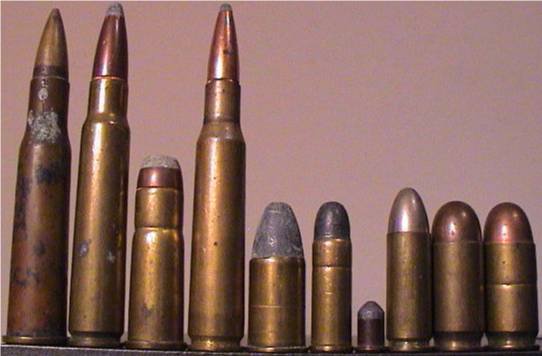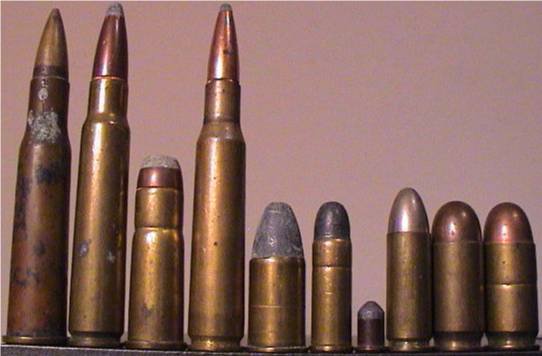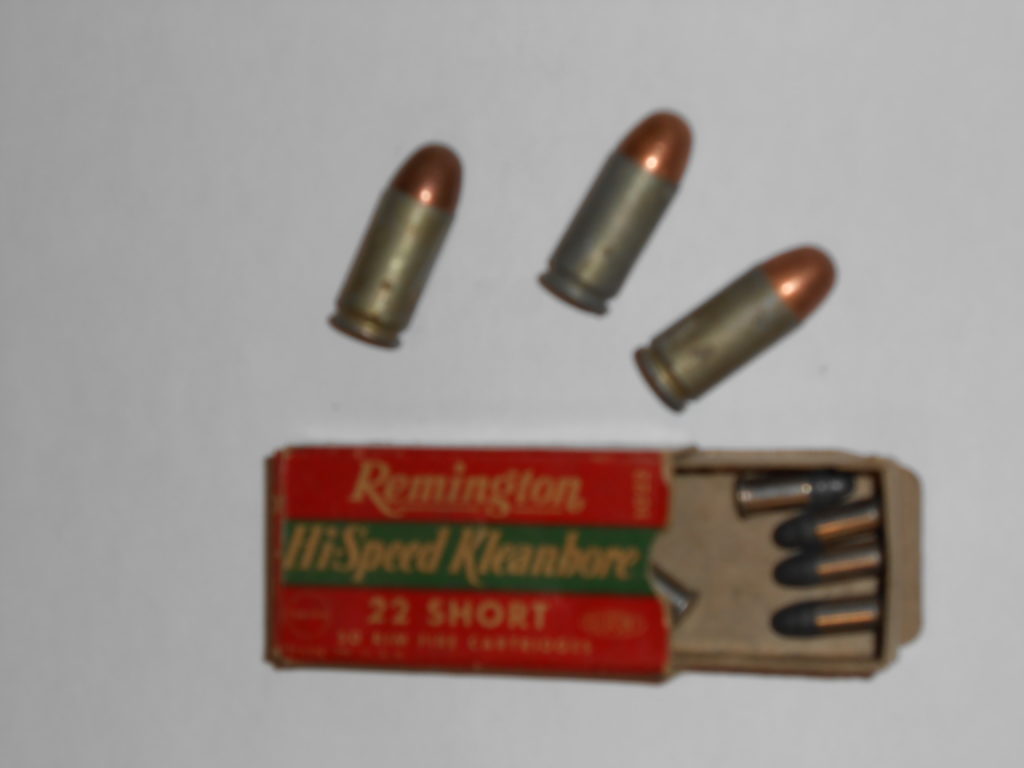Written by Greg Ellifritz
In my former job as the police department’s armorer, it was my responsibility to dispose of all the old ammunition that people brought in to the department. You would be shocked at the amount and type of old ammunition I saw. Rarely did a week go by that I didn’t have some old dirty box, bag, or crate of ammo sitting on my desk when I arrived in the morning.
A woman once donated 20 rounds of military .45 acp ammunition that had a head stamp date of 1942. That’s right. The ammo was 70 years old. It was clean and didn’t have any corrosion or rust. You can guess how I “disposed” of it…out of the barrel of my Glock 21! It fed and shot flawlessly. It didn’t feel any different from the new ammo I shot out of the same gun earlier that morning. In fact, all 20 rounds went into a single ragged hole shot rapid fire at 15 feet.
This isn’t the oldest ammo I’ve shot. I had one box of .45 from 1919 that also shot flawlessly. What many people don’t realize is that most handgun and rifle ammunition will last indefinitely if kept away from water or extreme humidity. If the cases look clean and aren’t corroded, the ammo will probably work just fine.
On another occasion, I shot three rounds of 1943-vintage steel case .45 acp ammo, five unknown vintage lead round nose .32 S&W rounds, and 11 .22 short bullets that came from a box that appeared to be from the 1950s. All functioned perfectly.
The only problems I’ve ever had with ammunition not working is when I try to shoot old shotgun shells…especially the paper hulled ones. A great majority won’t fire. It must be the difference in primers between the shotgun and handgun ammo or the fact that the paper hulls attract moisture.
As a general guideline, you should never shoot ammunition that:
- Is corroded
- Is misshapen and doesn’t fit into the chamber easily
- Has the bullet pushed back into the cartridge
- Is rusty
- Has a cracked case
If it doesn’t have any of these characteristics, it’s probably safe to shoot. One additional caution: if an old round doesn’t immediately fire, keep the muzzle pointed downrange for about 10 seconds before clearing the gun. Occasionally, old ammo “hangfires” which means there is a delay between the striking of the primer and the detonation of the gunpowder. If you have a batch of ammo that is hang firing, I would not shoot any more of it.
After my experience of shooting thousands of different rounds more than 50 years old, I would advise you not to “dispose” of any old ammo. As long as it has been kept dry and isn’t corroded, it will probably fire. Keep it around for a rainy day. Who knows when you might want that stuff in the future.
On the other hand, I would advise a more frequent rotation of the defensive ammunition loaded into your carry gun. Ammunition loaded and chambered into a carry firearm is exposed to temperature variations, cleaning solvents, lubrication, and lots of movement (which, over time, may deactivate primers). Older ammunition will probably fire, but don’t bet your life on it. Replace your carry ammunition at least once per year.
If you don’t like my advice, and having 50 year old ammo laying around your house disturbs you, feel free to donate it to the police department. I know a certain police training officer who will be happy to “dispose” of it for you! If your local police department doesn’t take ammo donations, look for your community’s “hazardous waste drop-off” sites. The places that accept old paint, chemicals, and the like will generally accept old ammunition as well.

The kind of stuff that ended up on my desk on a weekly basis.


